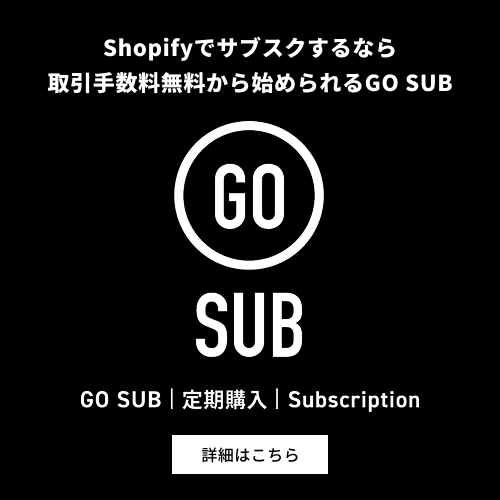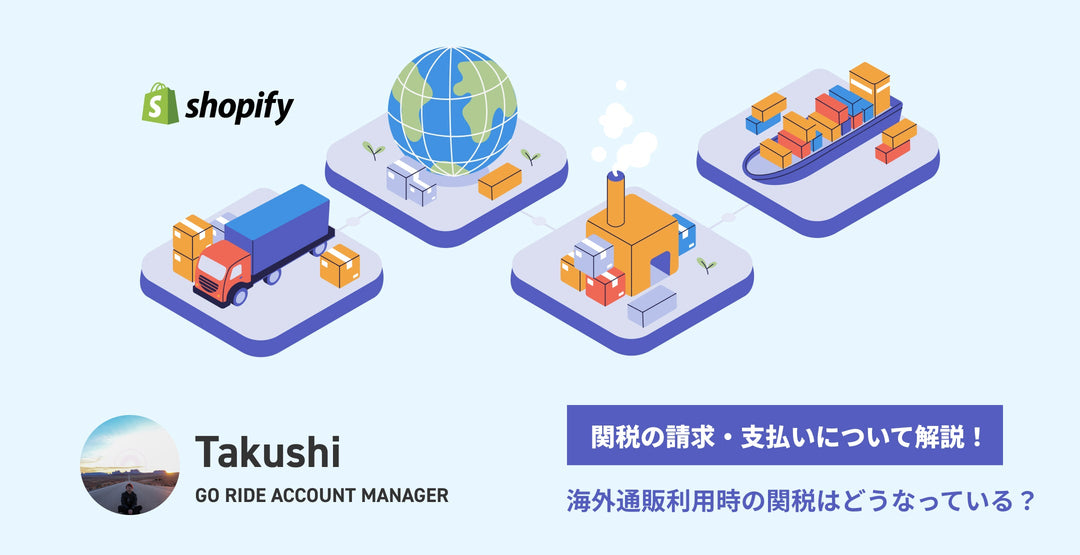How Tippsy Reached Quadrupled Sales within One Year of Launch Selling Sake DTC in America
The folks at Tippsy are passionate about sake, which is why they developed an e-commerce subscription platform for the American market. We talked to founder Genki Ito about topics including launching their e-commerce site, their current position, and their future vision. What’s the secret to starting and growing a business in the US? The interview includes plenty of hints for both domestic and international business.
INDEX
Tippsy Overview
Mr. Ito, please tell me about the company you’ve founded, Tippsy!
Of course! Tippsy is a dedicated e-commerce platform for sake with the largest selection in the US. While sake is still a comparatively niche market in the US, the number of people who have tried it is actually quite considerable.
Popular among American millennials is the so-called sake bomb, which involves chugging a shot of sake. They’re drinking sake in a different way than Japanese customers, and as early as college. Consumer trends change rapidly in the US: Sushi and Ramen have quickly become a real part of the food culture. In hopes of pushing a similar trend, we launched Tippsy to change the perception of sake in the US. The idea is to take sake, for which brand recognition and jargon are difficult, and use “story” and “set” to convey the appeal of the products through a subscription box service.
Up until now, sake breweries have been unable to focus on overseas marketing due to the difficulties of intermediate wholesale and the language barrier. Our website platform delivers in marketing by telling the story of each brand.
It’s really easy to understand the product details here! Did you come up with this design as well?


That’s right. We took a lot of design cues from the UIs of American wine websites, and worked out as a team what information to include, keeping the brand foundation, “Friendly, Casual, Approachable,” in mind.
A card is included in each box, right?

Yes, each box includes three 10oz bottles of sake, and three corresponding description cards.
Generally, as American consumers can’t read Japanese labels, the only way for them to judge or identify sake bottles is by color. Therefore, we changed to a content consumption model, where customers can say, “So ginjo is like this,” or “So kimoto sake has this flavor,” learning about sake while drinking and comparing. We hope that gradually, learning about the regional differences, our customers can grasp the nuances of sake and become informed consumers. To that end, we maintain the e-commerce platform with the largest selection of sake—a sake version of Wine.com, if you will. Subscription customers can easily find a full-size bottle based on what they preferred.
Consumer Response Since November 2018 Launch
With the three-bottle box, I bet customers are surprised by the variations between different sake. How has the response been since your November 2018 launch?
In terms of revenue, our monthly sales have increased five-fold in one year. We closed our first round of funding last year, and now that we’ve set a business plan and figured out marketing costs and LTV, we’re in talks with VCs for a seed round of funding.
How much of those sales are for the subscription boxes? I know you also sell sake by the bottle.
Right now over 30% is subscription boxes.
Our first goal is to meet the effective demand for bottle sales. There are a lot of places with very limited selection for sake, as restrictions on alcohol sales and unevenness in the supply chain make it hard to maintain inventory in liquor stores. Customers near a Japanese grocery store can obtain sake there, but the reality is those are not too widespread. Our short-term goal for the e-commerce platform was to obtain the highest possible sales providing for the effective demand. The next step is conversion of those customers who’ve tried sake but don’t really understand what it is. We’re working on both of these goals in tandem.
It hasn’t been even a year since launch, so I figured you’d have a lot of new customers. Since all those subscribers are effectively repeat customers, I’m sure they’re growing to love sake.
We offer various plans such as a 3-month and 6-month subscriptions. Some of those are purchased as gifts, but there are a lot of people who buy the 12-month subscription all at once, and look forward to the new sake each month.
Why Are Customer Reviews So High?
Judging from the over 500 reviews, most all of them positive, I guess your customers are mainly locals, not Japanese.
That’s right, there’s very few Japanese customers.
I’ve seen that you’re sharing good reviews on Twitter. Although there are companies that avoid review features due to concerns about management or getting bad reviews, I guess there’s nothing more reliable than word of mouth from previous customers. What made you decide to implement reviews?
At first I thought it wouldn’t be important, but reviews are universal in America. Since we started using Yotpo for reviews, we did see an increase in conversion once a few had come in. We can’t attribute all of that to reviews though.
Are you still using Yotpo?
We’ve switched to REVIEWS.io. Yotpo wasn’t bad, but as they’re a pretty big company, it didn’t work out with the features we wanted to add and their pricing scheme.
Do you do all this research about Shopify apps yourself?
Yes. Sometimes I struggle with all the technicalities, though.
And you use LoyaltyLion for your rewards program?
That’s right. Before, we were using Swell because it supports Yotpo integration, but I think LoyaltyLion’s UI/UX was more suitable.
I guess one advantage of Shopify is that ability to seamlessly change the apps you use to suit the phase you’re in.
Operational Tricks from Shopify Launch
―Impressions From Actually Working with Shopify
Had it not been for Shopify, it would have been impossible to launch on our own. A big merit of the platform is that even if you don’t understand the underlying code, anyone can put something together with the right combination of apps. As long as you’re not looking for a high degree of customization, you can make a useful, nice-looking interface.
You could say that the limitation of customization of themes is a drawback. Since I was working within the constructs of my chosen theme, I thought I wouldn’t have any issues, but there ended up being things I couldn’t get to be just as I wanted, regardless of how many apps I added.
It seems that materializing your business plan exactly as intended can be difficult. Do you think it’s better to adapt your operations to what a platform such as Shopify can handle?
You’re right, especially for the UI element. There’s a limit to how much branding you can do within a theme. If you’re going for originality, you’ll have to build everything from scratch. Is that worth the cost? For most businesses, I doubt it. I think it’s undeniable that without Shopify, the exciting current e-commerce landscape wouldn’t exist, so I’m a big fan.

―Convenience of Day-to-Day Operations
We have teams for stocking, shipping, and packaging. We had some issues initially, but through trial and error with a few different apps, we got it to work. Ideally, we would have built everything from scratch, but with a combination of free and low-cost subscription apps, we’re able to operate without any issues.
I will say that as the platform gets more complicated, I’m not sure just how far it will scale.
So you do your own digital ad management and analytics. As your business model is DTC without a physical location, do you find digital advertising to be important? Is there a set percentage of revenue you spend on it?
That’s the way to acquire customers, after all. Most ads are through Facebook, Instagram, or Google. The advertising budget varies from month to month, but in any case, rather than immediate profits, we prioritize increasing efficiency through discovering and validating effective acquisition channels.
What Does the Future Hold?
Your continuous effort seems to be paying off, as the number of sake fans looks to be steadily increasing. What are your goals moving forward?
To change the fundamental perception of sake. Our mission is to bring about an era where people drink sake the way they drink white wine now, making America the world’s biggest market for sake.
To that end, we’re starting with retail, and hope to climb to the top of the industry through impressive product selection and marketing. From there we plan to clean up the supply chain, and just as wine has become more affordable in America, we hope to expand the demand for sake itself.
To Foreign Brands Hoping to Expand into the US/Considering Shopify:

What advice would you give to someone planning to expand into the US market?
If you just want to sell in America, Amazon is always an option. Through test marketing there, you can see if a demand exists, and invest in e-commerce accordingly, deciding what products to sell and how.
Since it all comes down to the consumer, I think reverse engineering in this way is best.
That way, you’re not suddenly starting from zero; you have a platform for testing, I suppose.
Exactly. A lot of companies start their international expansion with the same concept and branding that worked domestically. Truthfully, one might be better off not using Shopify at all. If your company makes a product, who is the customer? That might change depending on the country. Are your prices and packaging suitable? Building those sales channels comes after learning all this.
Of course, Shopify’s ease-of-use is a big plus, but is it the best option to increase sales? You should carefully consider options such as expanding sales channels through importers first.
Suddenly launching using the same branding used domestically seems like an easy trap to fall into.
Even if you’re product-first, just because something sells at home doesn’t mean it will sell in the states. If you’re gonna sell direct-to-consumer, you must first know the consumer.
That’s absolutely the most important thing. Thank you so much for today! I’ve learned a lot. We’ll keep in touch!
Profile
Genki Ito
Tippsy, Inc – Founder / CEO
Hails from Nagoya, Aichi Prefecture. While enrolled at Nanzan University, studied abroad for one year at a language school in New York. After working as a recruiter, joined a large-scale foodstuffs trading company. For 10 years, engaged in marketing involving Japanese food across LA, NY, and HI. Earned MBA from University of Southern California Marshall School of Business in 2018. Founder of sake e-commerce company Tippsy, inc.
Did you enjoy our conversation with Tippsy? GO RIDE is supporting business from locations in Yokohama and Los Angeles.
For any questions or inquiries involving Shopify e-commerce site development and operations, please don’t hesitate to reach out to us.
Contact us here










